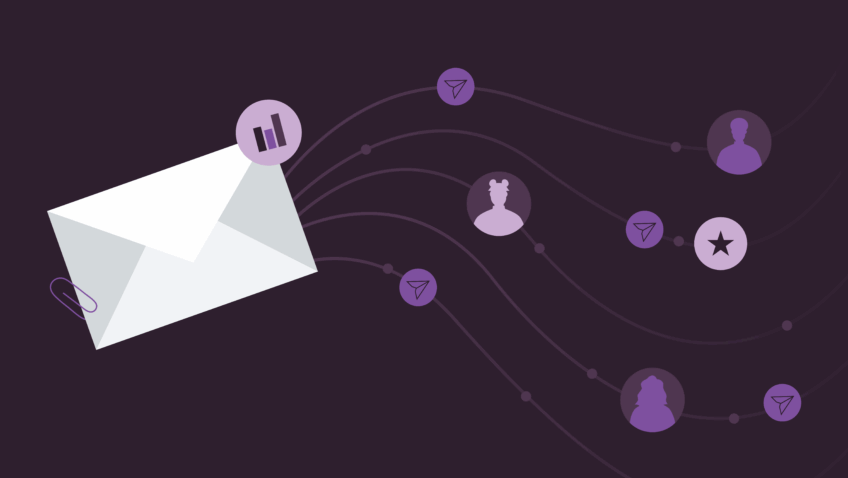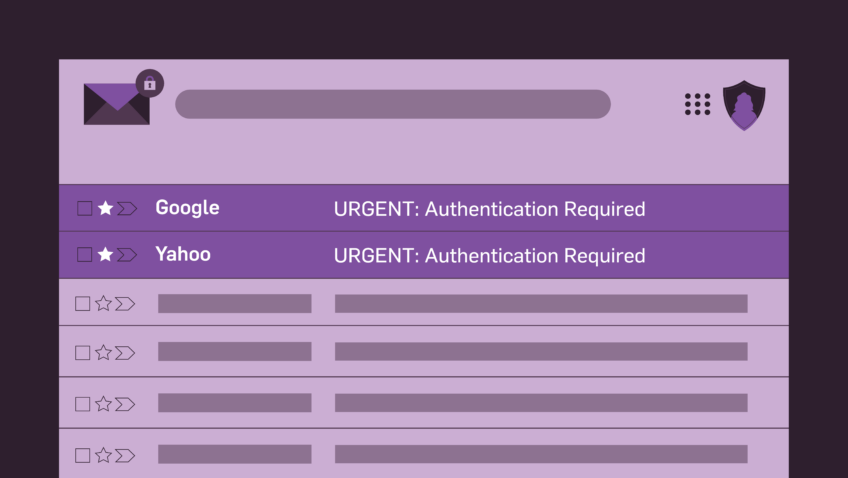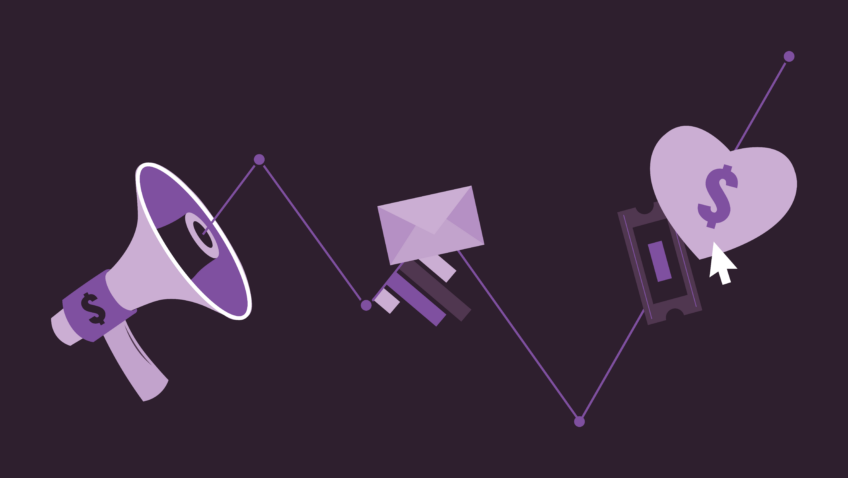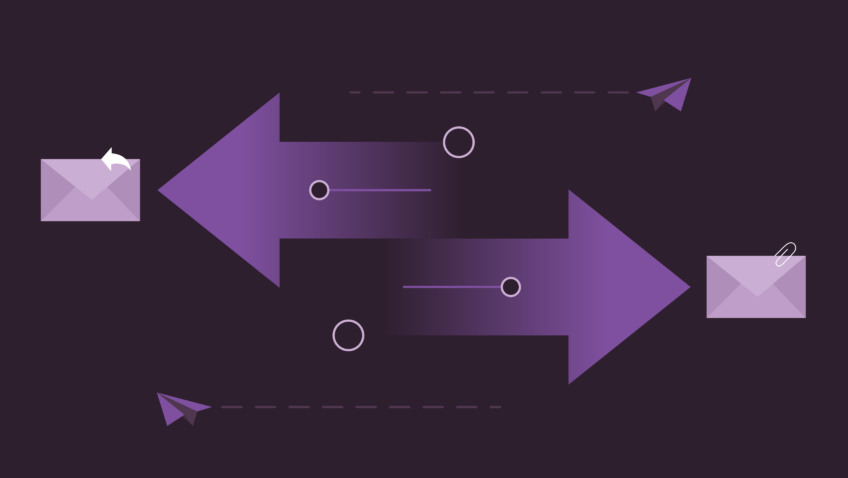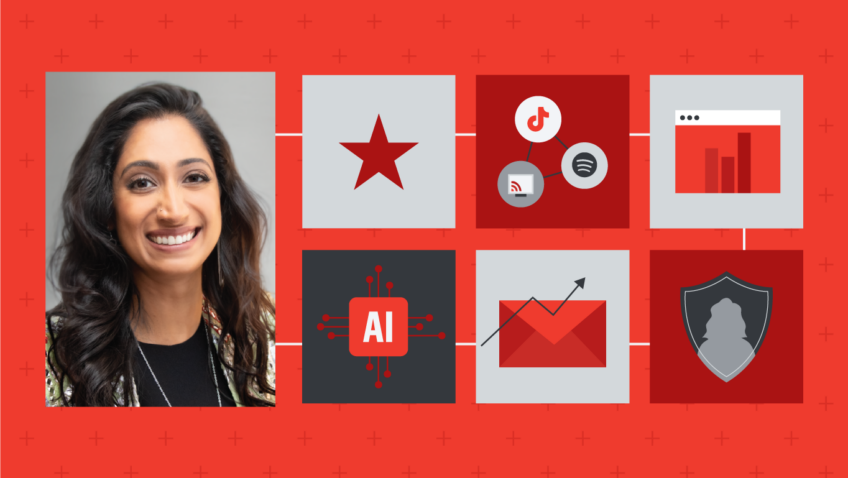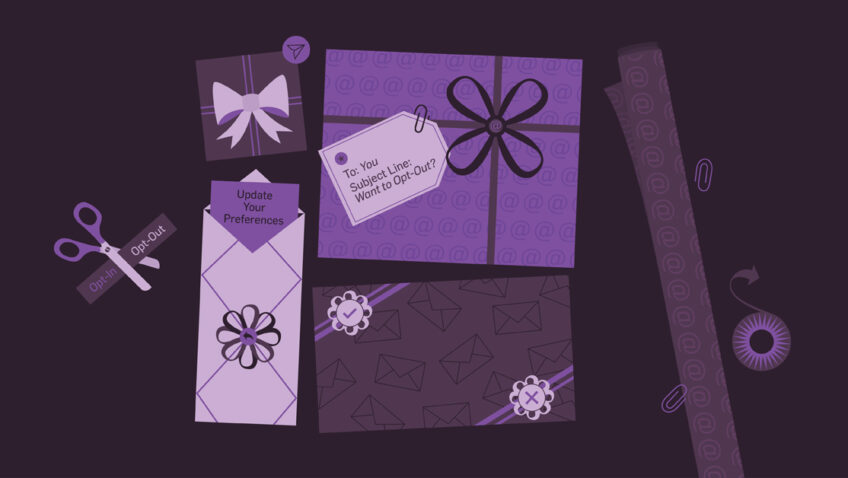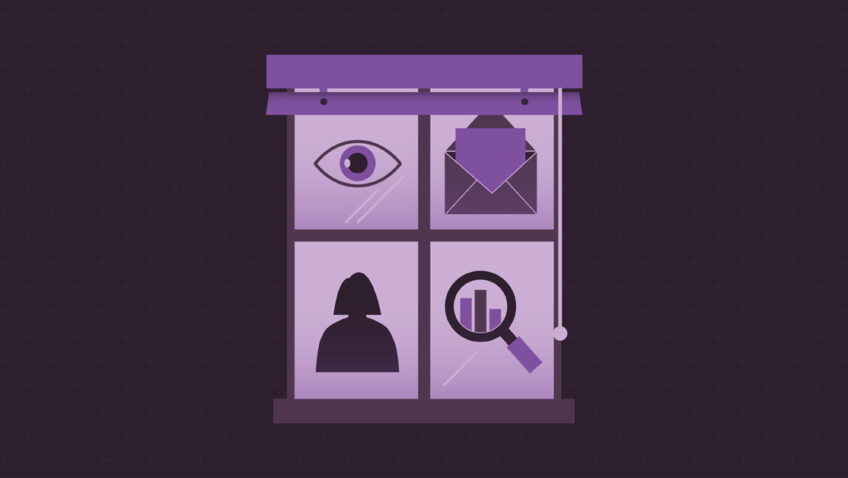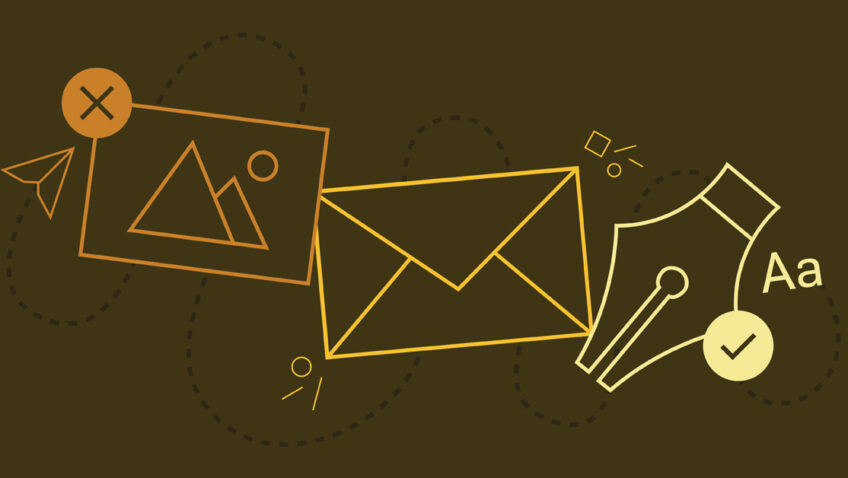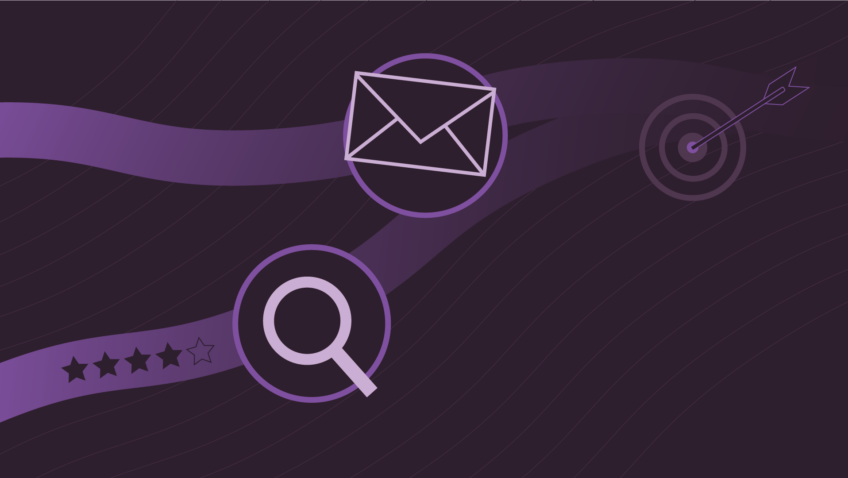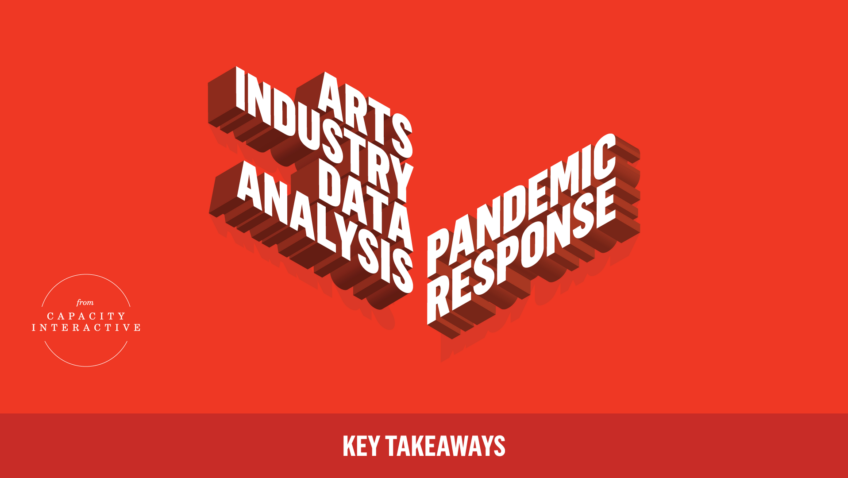Investing in Email to Increase Engagement
2024 Digital Priorities
Arts and culture organizations use email every day, which makes it easy to take for granted. But with a little attention and intention, email could be doing more for your organization.
According to industry leader Litmus, leveraging email offers an average return of $36 for every $1 spent. Your email marketing has the potential for results like that, too—but only with a focused strategy. Giving email the weight it deserves is key for achieving your institutional goals and increasing audience engagement in 2024.
ARE YOU TAKING EMAIL FOR GRANTED?
It’s easy to allow email to become a catch-all tool for communicating with your audience. Sure, season launches, big programming announcements, and similar topics can and should go to a larger list. But other messages, like special events, education and community initiatives, or donation appeals, should only go to carefully chosen segments most likely to engage and respond to your message’s call to action.
As an industry, we owe it to our audiences to be more strategic with the emails we send. While social media allows you to get in front of new and current audiences, email is how you deepen relationships with ticket buyers and donors who have already bought into your organization. These people expect tailored communications that reflect their unique connections to your institution.
The beauty of an owned channel like email is it is not as impacted by platform changes as social media platforms (we remember, Apple). An algorithm does not determine whether your message is served to a reader’s inbox. Instead, you’re at the mercy of your Sender Reputation Score and relevance to your audience. Luckily, sender quality and relevancy are among the things in your control.
BUILDING TRUST: BEST PRACTICES FOR GROWING YOUR EMAIL LIST
As privacy measures continue to change the digital marketing landscape, growing your email list and collecting first-party data should remain a top priority for your marketing and development teams. The first step to acquiring new email subscribers? Establish trust and transparency.
In the US, we have operated in a world of implicit consent: if a customer gives you their email address for a transaction, it can be reasonably assumed that they are implicitly opting in to get emails from you. Canada, the UK, and the EU live in a world of explicit consent meaning customers need to check an additional box when purchasing a ticket to agree to receive marketing emails. Wherever you are, your goal should be to make your marketing emails ones that customers want to receive.
Once audiences opt in, be clear about the value they can expect to receive from your emails. Tell them how often they’ll receive communications and what the contents of those emails could be. Value is often in the eye of the beholder, so consider asking readers what is of value to them when they sign up, then use that intel to guide your email strategy.
Building trust also requires having the infrastructure in place so your audience can confirm you are who you say you are. To prevent any bad actors from taking advantage of your audience while impersonating your organization, make sure your emails are authenticated in line with Gmail and Yahoo’s new rules. Following these guidelines should help you avoid the spam folder, and will help your audience trust that the emails they receive from your organization are legit.
MAINTAINING TRUST: RESPECT AUDIENCES TO FOSTER LOYALTY
I know you want to tell your audiences everything so they feel informed and invited to participate—but wait! It is important to recognize that not every audience member wants to hear about every aspect of your organization. Instead, we need to meet audiences where they are.
This is where segmentation comes in, allowing us to cultivate relationships with our audiences by meeting their needs before our own. As an industry, we do not segment our audiences enough, so I encourage you to think about one new way you can use a segmented audience in the next month. Here are a few places to start:
Group by self-selected interests.
When building your email audience, think about questions you can ask readers to learn what they are interested in (i.e., performance genres, community/education initiatives, a calendar of upcoming events vs. specific show emails, etc.). Then use this information to influence how you communicate with them.
Group by behavior.
Use behavioral clues about your audience to create segments. Try targeting past ticket buyers for similar artists, or donors who make their annual gifts at the same time.
When you think about fostering relationships with your customers, personalization is a great tool that allows email to shine in a way social media simply cannot. Beyond segmentation, think about how to best present the information that is most relevant to your audiences.
Keep important information above the fold.
Pre-show emails should include useful information like run-time, performance details, and transportation tips up top; we don’t want ticket buyers to have to dig for it. Any interesting content that can enhance their experience should be included below the fold for those who are interested.
Put yourself in their shoes.
As an insider at your organization, you may take some knowledge for granted that your audience would appreciate. Try to step outside of your own perspective and think like a customer. For instance, clearly outlining the significance of a particular piece can be powerful.
Embrace dynamic fields.
You can use dynamic fields in your Email Service Provider (ESP) to include customers’ first names in subject lines and letter-format emails. Experian found that emails with personalization in a subject line were 26% more likely to be opened. Depending on what other data fields you can pull into your ESP, you can personalize in a myriad of ways.
Try dynamic content.
Make certain email content blocks only show up for certain audience segments. If someone is a member, the content block can present a reminder of their benefits or a promo code. For non-members, the content block could be a membership pitch.
WORK SMARTER, NOT HARDER
The goals of growing your email list and fostering relationships with your customers could mean an additional mountain of work on your already full plate. It does not have to be this way!
Use automation.
You can let audience behavior trigger emails to be sent when they would be most relevant to your customers. Pre-show emails, post-show emails, welcome emails, and abandoned cart emails are all easy wins in terms of both growing your relationship with your customers and bringing in revenue. Setting up the infrastructure to make email automation work can take some time upfront, but once it is up and running, it will free up your time while keeping your audience cared for and engaged.
Recycle content.
Recycling is good for the planet and good for you! Consider the content you are already creating for other channels and how it can be used effectively in email or vice versa. Using similar content across channels can cut down on your content creation work and allow for more message cohesion for audiences across all their touchpoints with your organization. Did you interview a resident artist for a social video? Take some key quotes to put in your email and share a link to the video via email too.
Test, test, test.
What works for one organization might not work for another, so you need to see how your own audience engages. If you want to A/B test some subject lines, work smarter by asking our friend AI to come up with some subject line options for you to choose from. (AI can also help you write copy for emails when you face writer’s block; just be sure to give it a good edit before sending it out.) Solid measurement will allow you to see the winner of your A/B tests and keep iterating on your strategy.
Measure Before Moving On.
Close the loop with robust email reporting that quantifies the effectiveness of your emails and reveals trends you might want to test. Pro tip: If your email data and purchase data are scattered across platforms, CI can help corral it into one easy-to-use dashboard.
EMAIL DESERVES STRATEGY
Email marketing is one of the most effective channels to increase audience engagement, but harnessing its full power requires a thoughtful strategy. This year, resolve to give email the attention it deserves so you can deepen connections with the art and culture lovers already in your circle.
Dive Deeper with Email Strategy
We discussed this topic even more deeply in a livestream conversation on April 10—sign up to watch on-demand below.
WANT MORE INBOX INTEL?
Let’s chat about creating a campaign-specific email strategy tailored to you and your audience.


